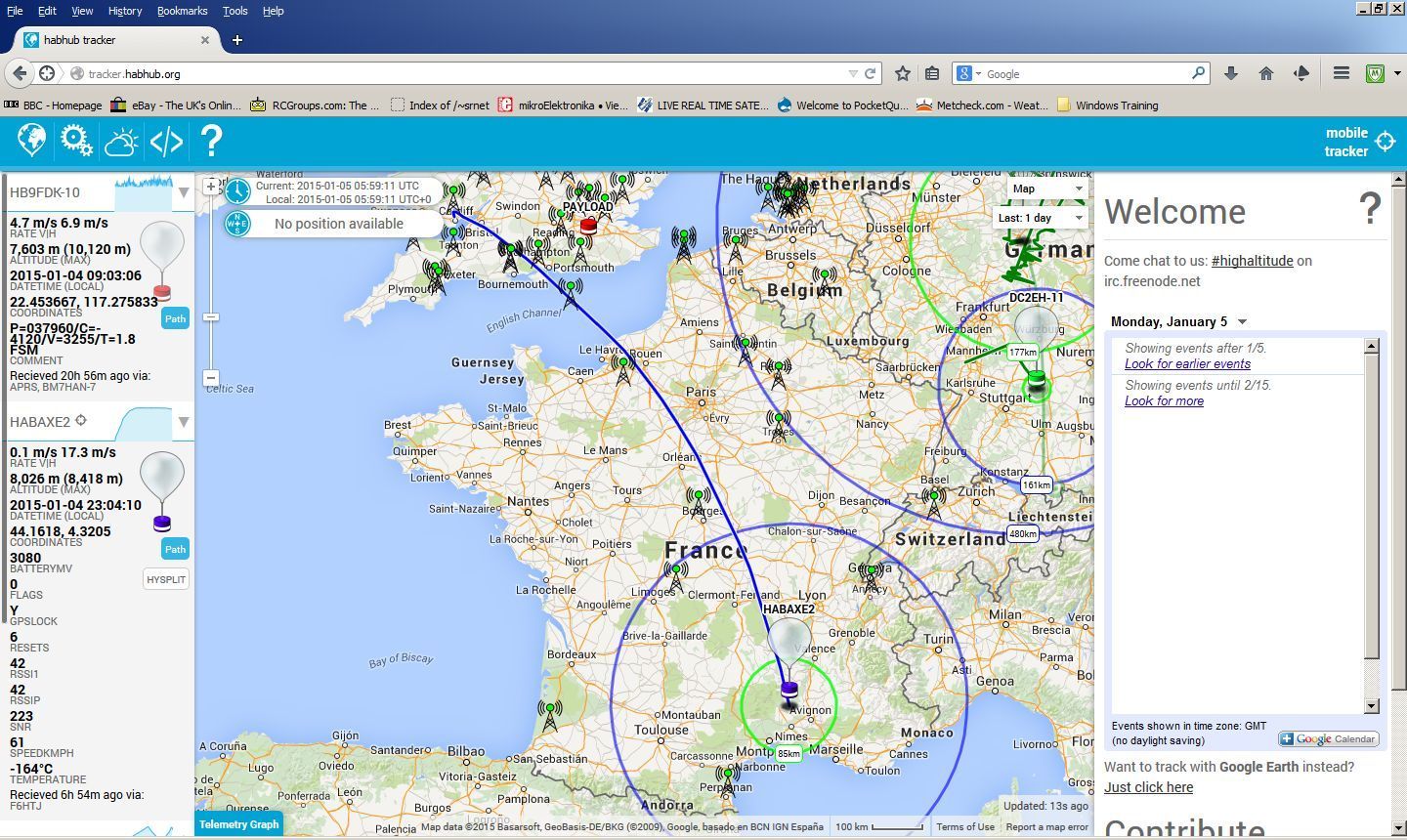(Blush) that was me. It went over the Britol channel because it was launched from Caerrphilly common, just North of Cardiff.
A simple foil party balloon, PICAXE microcontroller and LoRa device. I was the only one able to track with LoRa (from my shed in Cardiff) there were at the time only about two other HAB guys with LoRa receivers. It was tracked down to Marseilles via its FSK RTTY output.
I recall the surprise in the HAB community when I remarked that i was able to control what the foil party balloon was doing, send LoRa mode tests, turn off transmissions etc, whilst it was over 200km away.
